The Central Pagoda and Kondo tower over Mt. Koya’s Danjo Garan area. Inside the Central Pagoda, a three-dimensional mandala is on display, representing the world of Esoteric Buddhism.
1200 years have passed since the temple on Mt. Koya first opened. Its landscape, created by humans’ activities in concert with nature, has fascinated many people. Mt. Koya teaches us that regional development based on nature and culture is possible.
Photos by Naoya Furuta
A Pilgrimage Road That Has Become A World Heritage Asset
Mt. Koya is a holy site that is symbolic of Japan. Its history began in 816 CE, when the monk Kukai (also known as Kobo Daishi) received a grant from Emperor Saga and established it as the primary meditation center for the Shingon sect of esoteric Buddhism.
Mt. Koya is a bowl-shaped piece of terrain situated on a spot roughly 900 meters above sea level, stretching 6 kilometers from east to west and 3 kilometers from north to south. It is surrounded by even higher mountains. As these peaks resemble the eight inner petals and eight outer petals of a lotus flower, it has been an object of religious faith since long ago that this area is this world’s “pure land,” the paradise of Buddhist teaching. The unique terrain of Mt. Koya means that visitors must pass through these peaks to reach it. The primary entrances are a set of seven paths known as the Seven Koya Gates; visitors once had to go by one of these routes to enter Mt. Koya.
However, in the 20th century, railroads and automobile roads leading to Mt. Koya were established. Most people began to use these, and the old pilgrimage trails were abandoned.
Later, in 2004, “Sacred Sites And Pilgrimage Routes In The Kii Mountain Range” were inscribed as a UNESCO World Heritage asset. The Choishi-Michi path, one of the traditional pilgrimage routes leading to Mt. Koya, was registered as a component asset, bringing it into the limelight once again.
The Choishi-Michi is a shrine pilgrimage road leading from Jison-In Temple in the town of Kudoyama, Ito District, Wakayama Prefecture, past Niutsuhime Shrine, to Mt. Koya. This way into Mt. Koya is known as the “Main Gate” because it passes through a large gateway before arriving at Danjo Garan, the central temple complex.
This path is called the Choishi-Michi because, along the road (for which the Japanese word is michi), at intervals of 1 cho (approximately 109 meters), stone pillars called choishi are erected in the shape of 3-meter-tall gorinto-style pagodas. 180 choishi line the path from Jison-In to the Central Pagoda of Mt. Koya. This road has traditionally been the main trail for pilgrims to Mt. Koya, and it has been traveled by royalty (starting with the retired Emperor Shirakawa), nobles such as Fujiwara no Michinaga, and countless commoners from the middle ages to modern times.
After the Choishi-Michi reaches its cardinal point, the Central Pagoda, in Danjo Garan, it continues on to the complex’s Inner Sanctum, the mausoleum of Kobo Daishi, where a further 36 choishi are placed.
In 2016, in addition to the Choishi-Michi, the Mitanizaka, Kyo Osaka-Michi Fudozaka, Kuroko-Michi, and Nyonin-Michi trails were also registered as World Heritage assets. The Nyonin-Michi (which means “Women’s Path”) is a road by which female believers, who were not allowed entry to Mt. Koya until the Meiji Era, would travel over the ridges of eight peaks surrounding Danjo Garan and the Inner Sanctum so that they could worship from afar. As a result of the effects of being made World Heritage assets, these trails are coming into use once more like hiking trails.
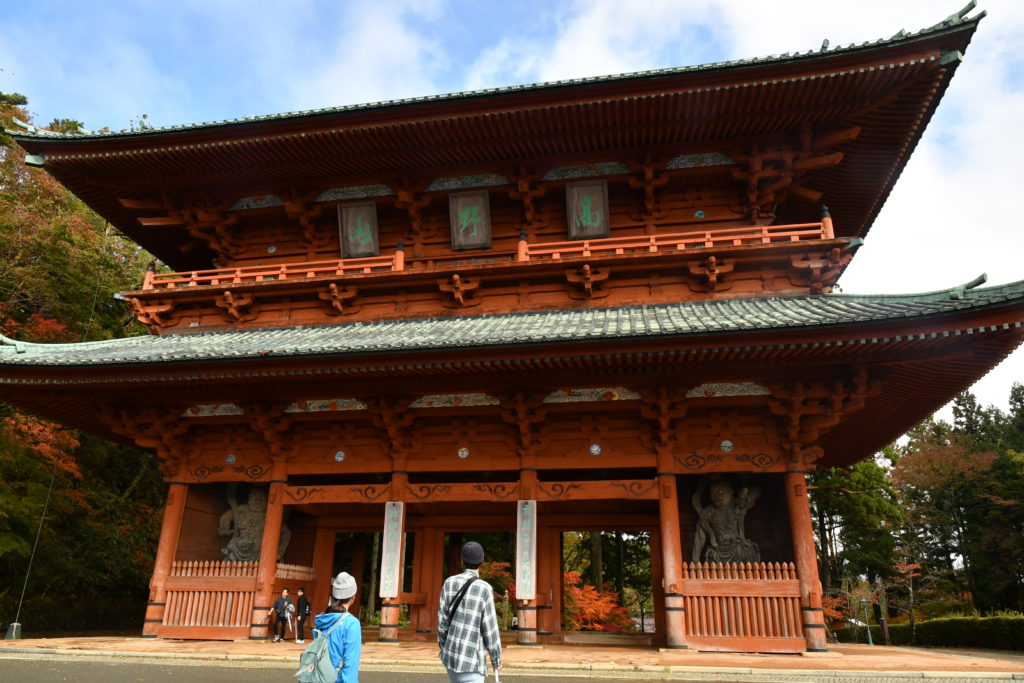
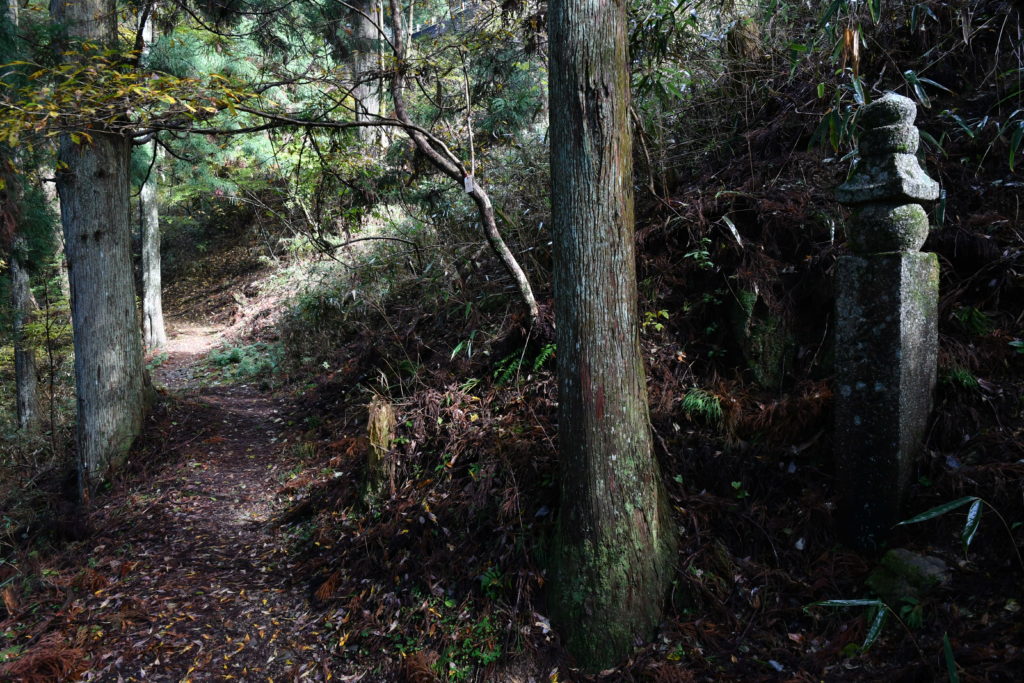
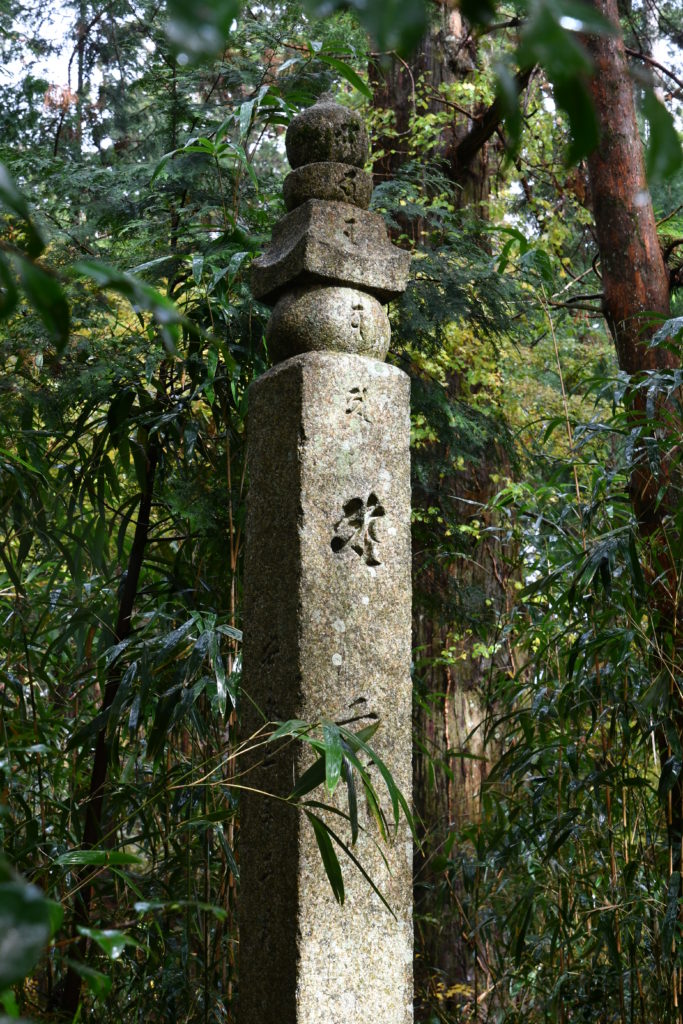
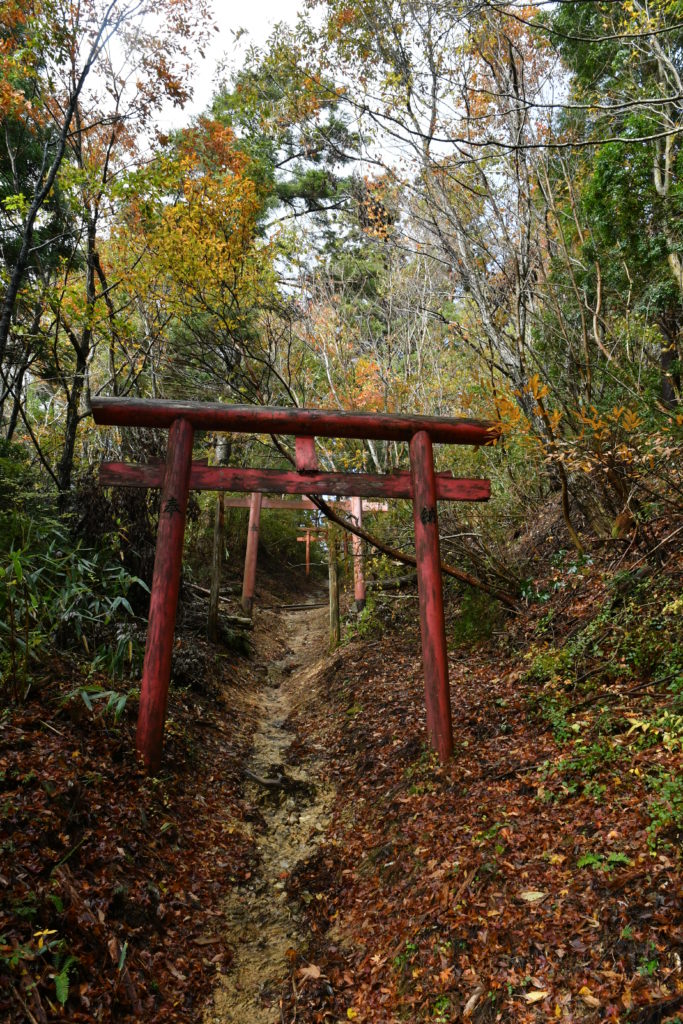
Danjo Garan, Based in Esoteric Thought
The cardinal point of the Choishi-Michi as well as the heart of Mt. Koya is the area called Danjo Garan, in which the Central Pagoda is located. “Garan” is a transliteration of the Sanskrit word sangharama, meaning a place where monks gather to do ascetic practice. When Kobo Daishi began establishing the temple complex of Mt. Koya, it was Danjo Garan that he built first.
Over the center of Danjo Garan rises the two-story, 50-meter Central Pagoda, whose construction began around the time of the opening of the complex in 816 and took two generations, those of Kobo Daishi and his successor, Shinzen, to complete. The current Central Pagoda is one that was rebuilt out of iron-reinforced concrete in 1973. The Mt. Koya complex, situated on top of the mountain, is prone to being struck by lightning. Not only the pagoda but numerous buildings in the complex have been struck, destroyed, and rebuilt many times.
Beside the Central Pagoda stands a row of buildings, including the Kondo or Main Hall of Mt. Koya’s overall main temple building, in which most of the complex’s annual events are held; Mieido, the hall which once housed the Buddha image which Kobo Daishi worshipped, but after his death was installed with an image of Daishi himself; the Western Pagoda, constructed following the Central Pagoda; the bell tower, whose bells toll a total of 108 times, five times a day; and a shrine consecrated to the deities Niu Myojin and Koya (also called Kariba) Myojin, to whom Kobo Daishi prayed for protection when he first opened the Mt. Koya temple complex.
Additionally, in front of Mieido stands a pine tree. It is said that Kobo Daishi received a sanko, a trident-shaped version of a traditional Buddhist weapon called a vajra, from China. In order to determine where he should build Danjo Garan, he threw the sanko into the air, and it stuck in this tree. The pine turned out to be a rare variation with three needles instead of two, and so it came to be called the Sanko Pine.
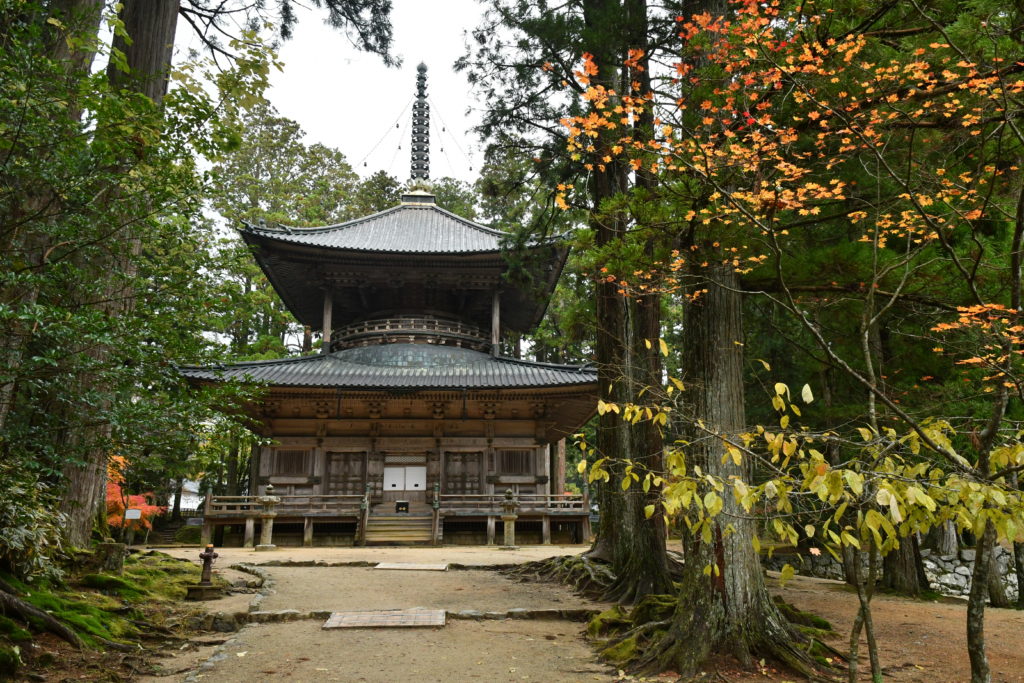
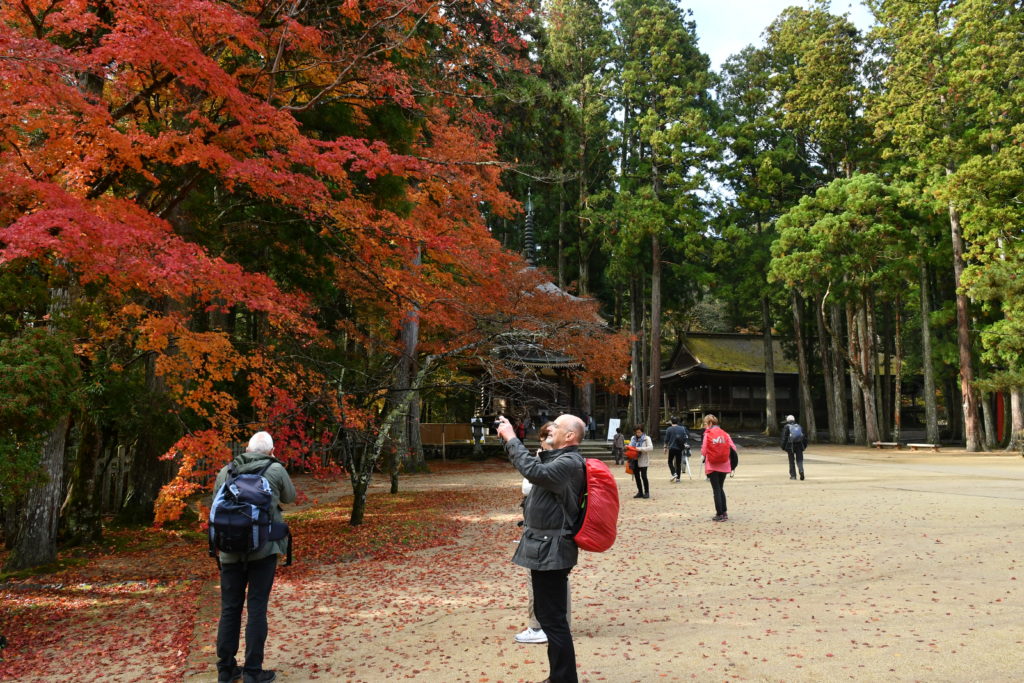
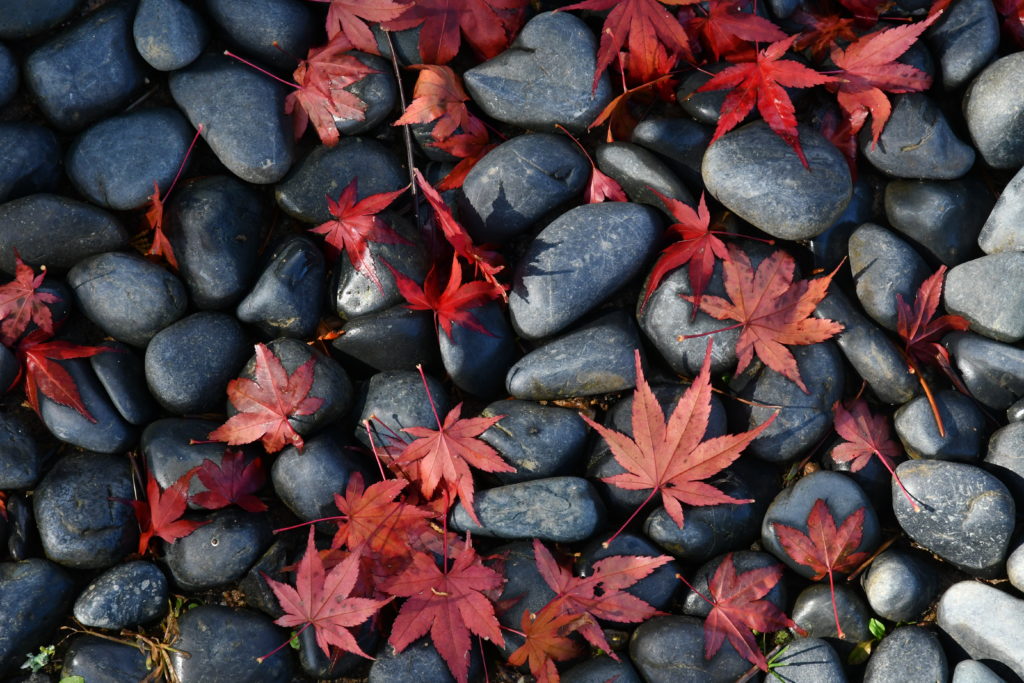
Kobo Daishi’s Dying Place Becomes the Inner Sanctum
Following the choishi-lined pilgrimage road further on, beyond the Central Pagoda and toward the Inner Sanctum, one will pass down a path called the Jabara-Michi, famous for its brightly-colored foliage, before reaching Kongobuji Temple. There are currently 117 temples in the Mt. Koya complex. From the time it was originally established, the entire complex was known as “Kongobuji,” but in the Meiji Era, Seiganji, a general temple for monks focusing on academic study, merged with the neighboring Koganji Temple, and the combination came to be referred to as Kongobuji Head Temple.
If one proceeds further along the line of buildings from Kongobuji, in approximately 1.5 kilometers, one will arrive at the First Bridge, the Inner Sanctum entrance.
The 2-kilometer path to the Inner Sanctum leads across three bridges: the First Bridge, the Middle Bridge, and the Mausoleum Bridge. Beside the path are more than 200,000 memorial towers for famous Warring States Period warlords and daimyos, forming the country’s largest area of sacred ground, a symbol of Japan.
The path is lined with rows of towering centuries-old cedar trees, filling it with humid air and leaving it dark even at mid-day. So moss grows thick on the trees, as well as the gravestones that line both sides of the path, producing a mysterious atmosphere that renders visitors speechless.
The innermost part of the Inner Sanctum is Kobo Daishi’s mausoleum. This is the center of faith in Kobo Daishi, who died in 835 CE but is still said to fulfill requests that people make at his mausoleum and watch over those who need a helping hand.
Of course, as soon as one enters this dense, humid forest, one can sense its spiritual atmosphere, to such an extent that one will understand both why Kobo Daishi chose this as his dying place and why so many people jockeyed to erect their tombstones here.
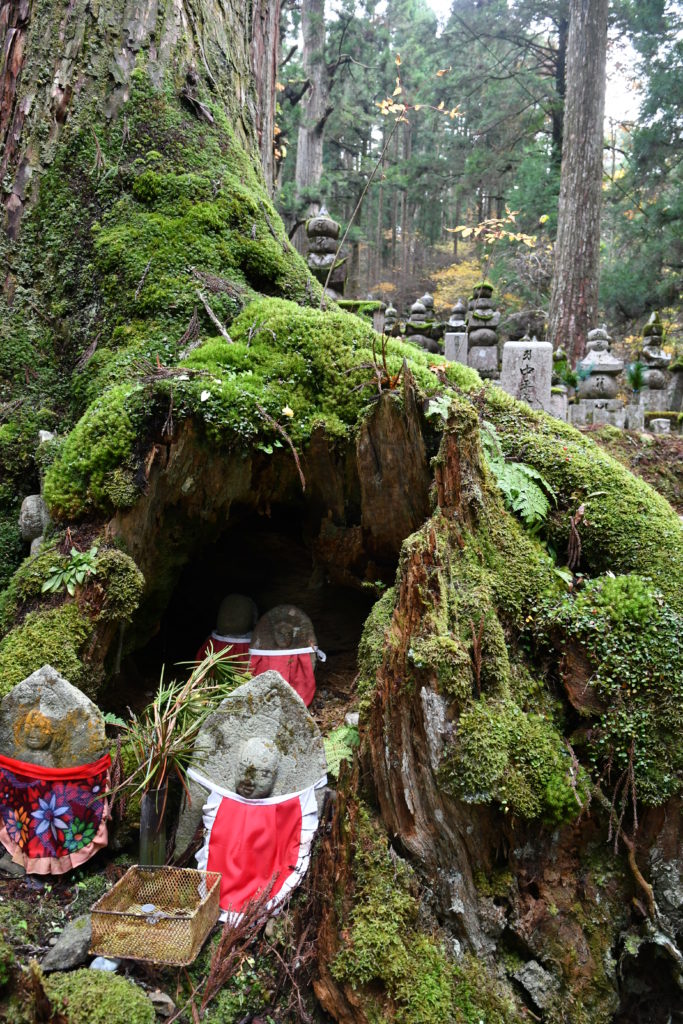
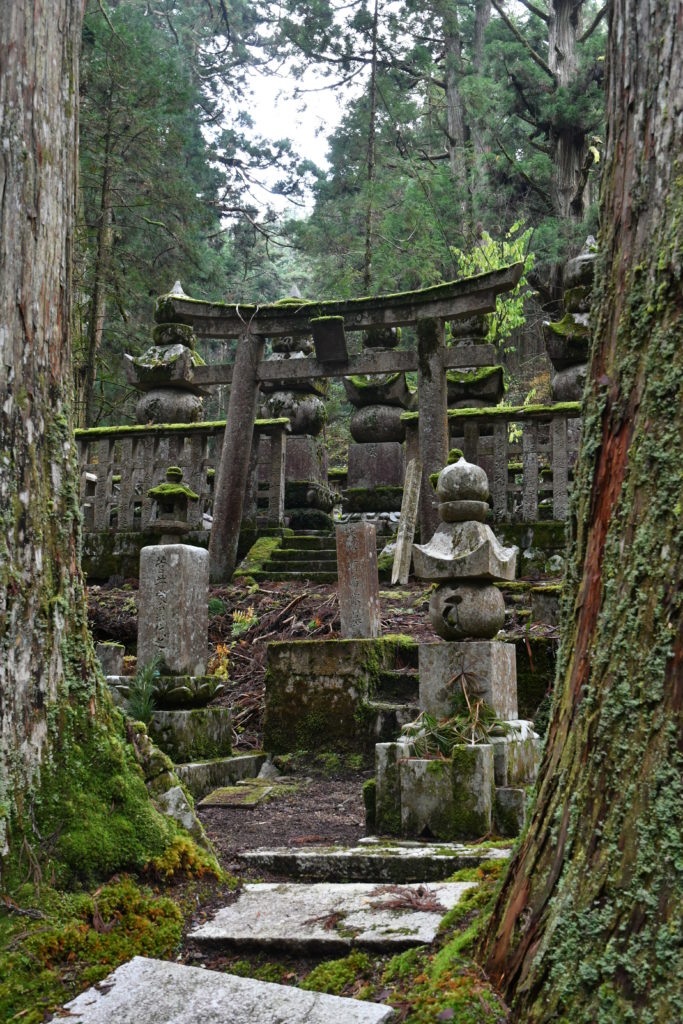
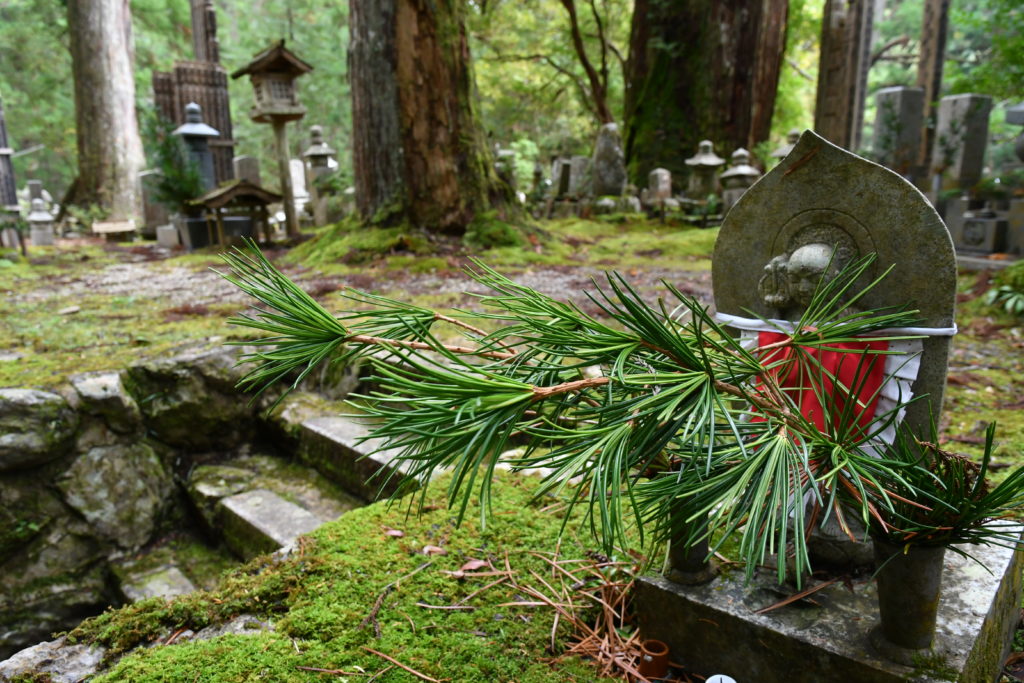
A Cultural Landscape Where Religion and Nature Become One
The trees that line the path as one proceeds from the First Bridge to the Inner Sanctum mausoleum are now designated as Natural Monuments of Wakayama Prefecture. The trees, which number 1300 in total, look massive, with heights reaching up to 50 meters.
The leafy branches of Japanese umbrella pines are laid in tribute upon the gravestones and stone statues that stand beside the road. Japanese umbrella pines are called koya-maki in Japanese; as the name suggests, they grow heavily on Mt. Koya. Kobo Daishi is said to have originated this custom by placing umbrella pine branches instead of flowers on mortuary tablets.
Japanese umbrella pines are a unique species, the sole species in their genus and family, growing only in Japan and on Korea’s Jeju Island. This area, which is covered with umbrella pines, as well as other evergreen trees including pines, cedars, cypresses, and southern Japanese hemlocks, as well as broad-leafed deciduous trees, currently forms one portion of Koya-Ryujin Quasi-National Park. The section of the Choishi-Michi which continues on beyond Jison-In has also been designated as the Mt. Koya Tama River Gorge Prefectural Nature Park. The entirety of Mt. Koya has been acknowledged for the value of its natural environment, and it is now preserved as a nature park.
The charm of Mt. Koya’s natural environment was undoubtedly a major reason for which Kobo Daishi chose this area to be the location of the primary meditation center for the Shingon sect. Kobo Daishi, who is thought to have accumulated a lot of ascetic training experience traveling the mountains of Shikoku and the Kii Peninsula in his youth, selected the naturally-blessed Mt. Koya region as the site most suited to the ascetic practices of Shingon Buddhism. Kobo Daishi preferred spending time at Mt. Koya, surrounded by nature, to living in the city, and he left behind many writings praising its magnificence.
Kobo Daishi’s approach of placing himself in the midst of the subtle, profound beauty of nature, performing quiet meditation, and becoming one with the environment was the starting point, and in time many pieces of religious stage setting, including temples and monasteries, as well as the Inner Sanctum, would be installed here at Mt. Koya. And after Kobo Daishi’s death, his cult and the Pure Land sect combined, leading to many people visiting Mt. Koya, as well as many gravestones and stone statues being erected there, ultimately causing Mt. Koya to develop into a holy site that is symbolic of Japan. In this way, Mt. Koya took shape as a unique landscape, formed by the reciprocal actions of humans and nature across history.
The Convention on World Heritage uses the term “Cultural Landscape” to refer to landscapes created by the reciprocal actions of humans and nature in this way. In addition to things planned and built by human will, such as gardens, the concept of cultural landscapes includes landscapes such as rural scenery which have evolved organically through the relationship between humans and nature, as well as places to which humans have attached cultural significance, such as religious holy sites in which nature itself is almost untouched by human hands. The “Sacred Sites And Pilgrimage Routes In The Kii Mountain Range,” including Mt. Koya, are classified by the Convention on World Heritage as a cultural landscape. And even among cultural heritage assets, as a registered cultural landscape and a sacred site that symbolizes Japan, it stands out as a place whose cultural landscape status is something that visitors can truly feel.
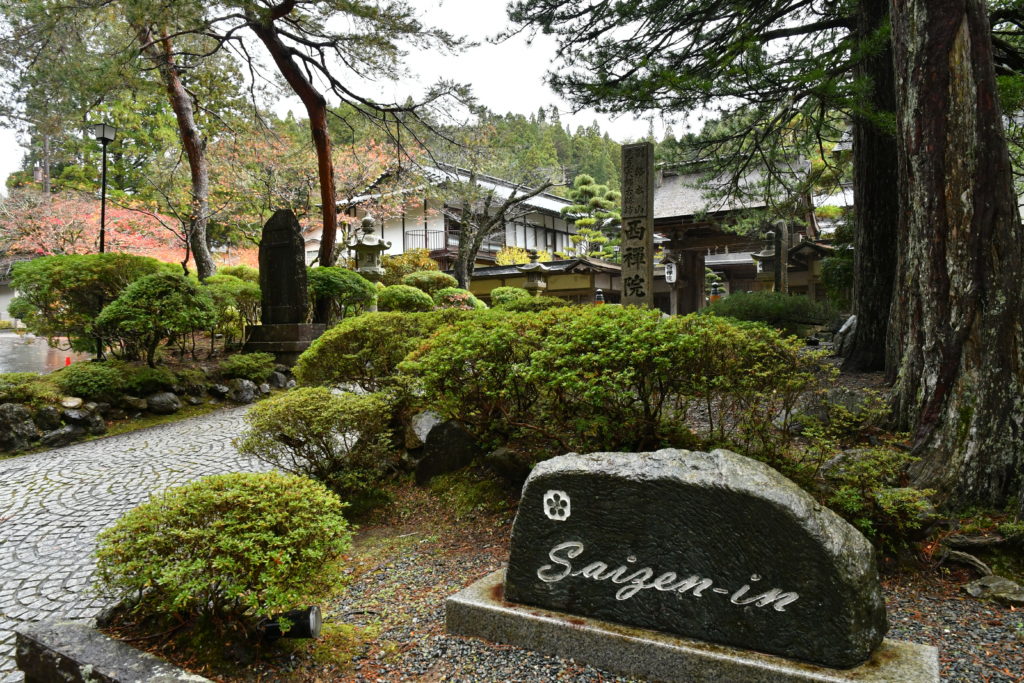
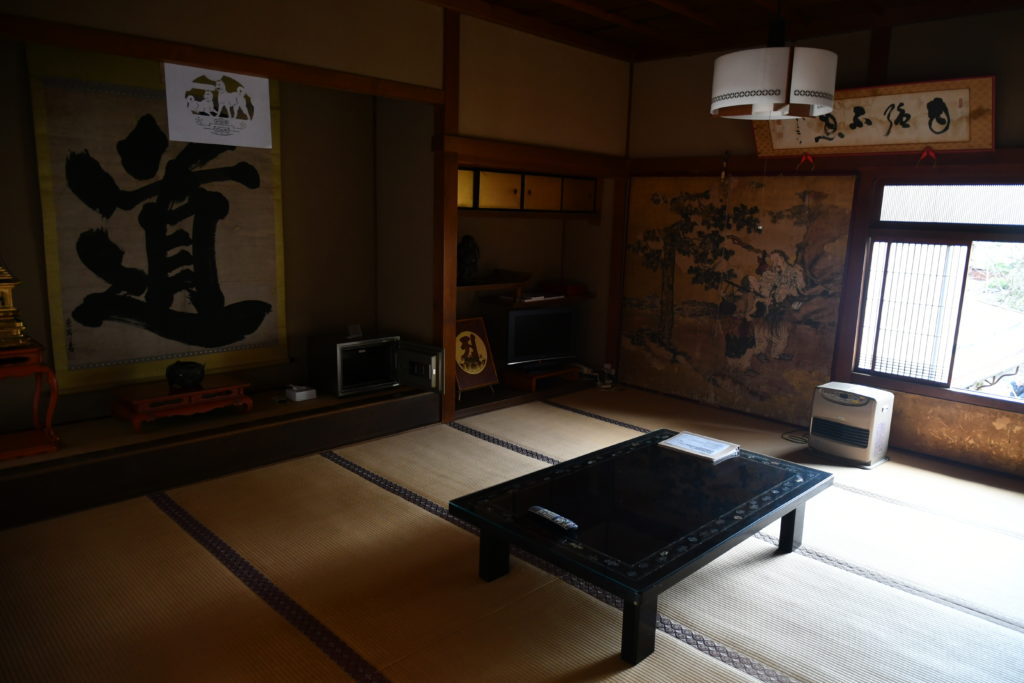
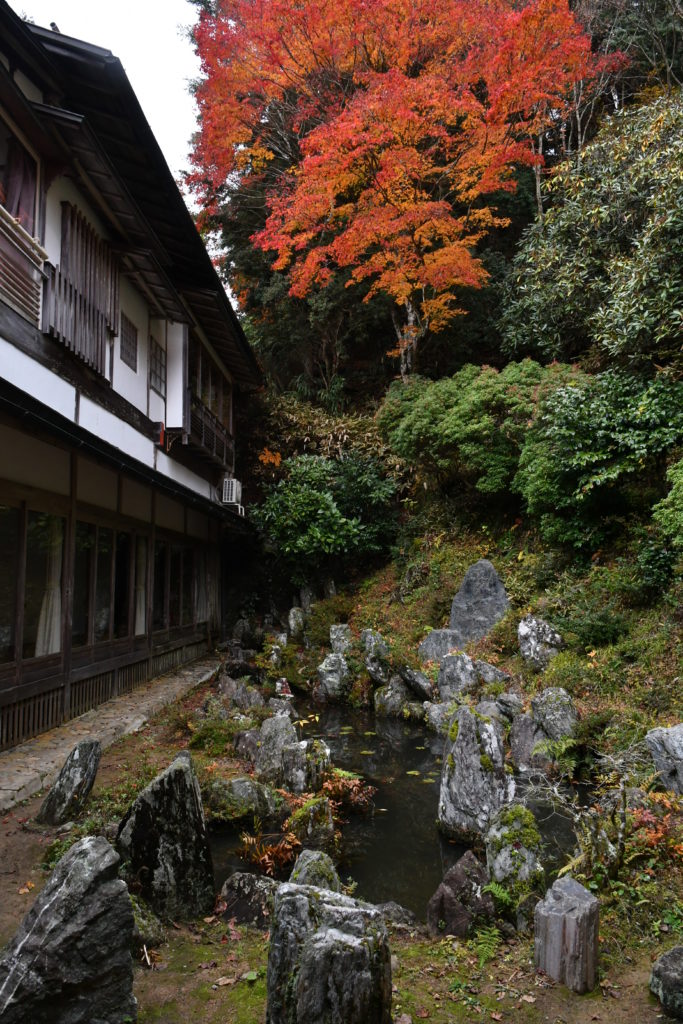
Sacred Natural Sites Contribute to Preserving Biodiversity
As can be seen in Mt. Koya’s example, discovering special spirituality in a unique landscape and making it into a place of faith is a phenomenon that has been seen since long ago, not only in Japan but all over the world. Such places are known as Sacred Natural Sites (SNS), and the role they have played in protecting biodiversity has gained new attention in recent years.
Because of their spiritual value, human access to and use of Sacred Natural Sites is restricted. Therefore, the natural or near-natural state of these Sites is protected, and their abundant biodiversity is maintained. Sacred Natural Sites worldwide have been valued for fulfilling essentially the same role as nature preservation systems have since before those were first created in modern times.
In other words, if they are managed properly, Sacred Natural Sites have the ability to contribute to the preservation of both culture and biodiversity.
In 2008, the International Union for Conservation of Nature (IUCN) and UNESCO drafted and published guidelines for managing protected areas such as World Heritage sites and National Parks that include Sacred Natural Sites within their management zones. These guidelines define such a place as “an area of land or body of water with special spiritual value to people and the community.”
There are known to be Sacred Natural Sites of various sizes around the world. They exist on scales ranging from a single tree or rock to an entire mountain range. There are even cases where a whole area is regarded as sacred, with a particular portion of it being considered an especially sacred site.
Although the total number of Sacred Natural Sites worldwide is unclear, there are estimated to be between 150,000 and 200,000 sacred forests in India alone. It is said that there are 1,900 sacred forests in Ghana and about 800 sacred sites in Mongolia. Estimates put the number of extant Sacred Natural Sites at over 250,000 worldwide. Additionally, assets belonging to major world religious systems such as Christianity and Buddhism are estimated to account for 7% of the world’s landmass, and because they are under the management of these systems, it has been pointed out that they have the ability to make a positive contribution to the overall preservation of the natural environments of these areas.
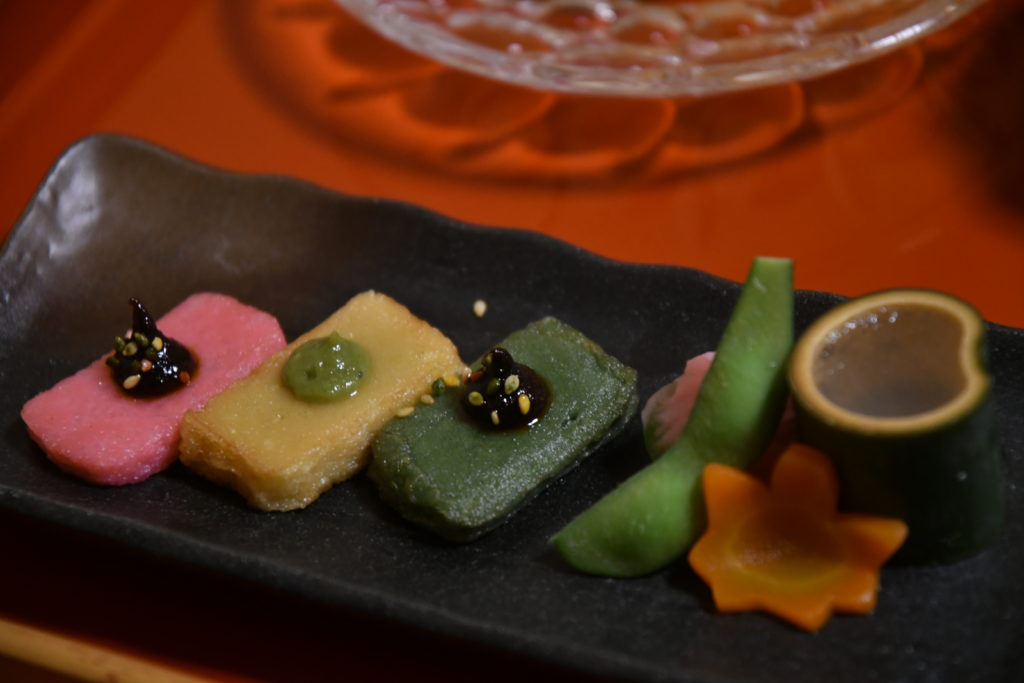
Mt. Koya: A Sacred Natural Site Existing in The Modern World
Since its inscription as a World Heritage asset, the number of foreign tourists visiting Mt. Koya has increased rapidly. These foreign tourists are apparently greatly attracted by Mt. Koya’s cultural landscape, shaped by its long history, as well as its history as a Sacred Natural Site and the unique experience of staying in the visitors’ lodgings at a temple. This increase in overseas tourism is making a significant contribution to the local economy. In other words, Mt. Koya provides an example of how, through the proper management of Sacred Natural Sites, not only can culture and the natural environment be preserved, but contributions can also be made to economies in the region. Over the 1,200 years since Kobo Daishi first established the Mt. Koya temple complex, the site has evolved along with the times. By looking back over the history and experiences of Mt. Koya, we are sure to be able to obtain various hints about how to have a sustainable future society, founded in nature and culture, that will spread across the world.
Translated from the original article: Naoya Furuta (2019) Mt. Koya: A Sacred Natural Site That Continues to Evolve, Chiikijin vol.41, pp. 66-69

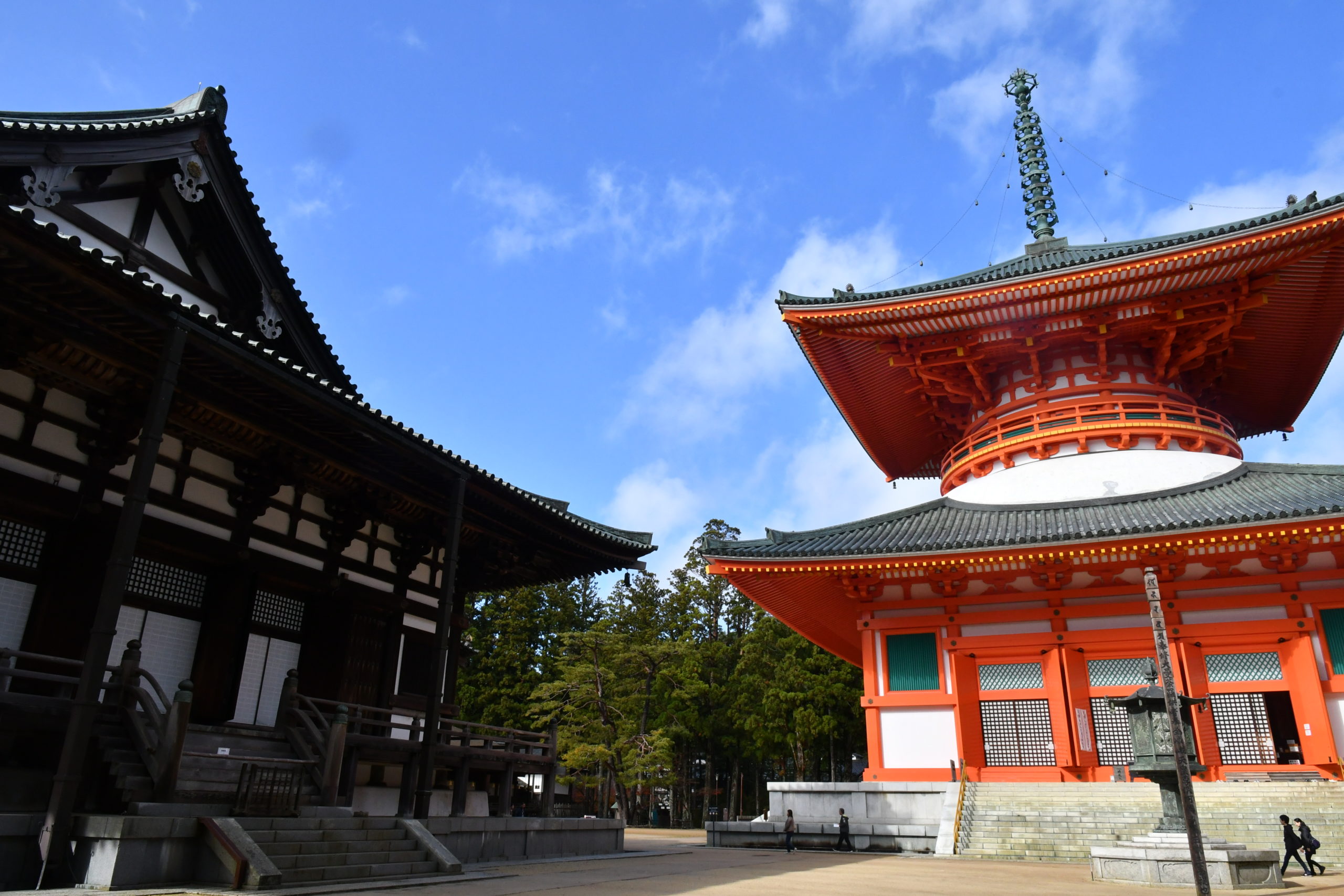


コメント